When writing academic papers, citing images properly is just as important as citing text-based sources. Whether you’re using photographs, illustrations, or charts, proper citation allows your readers to verify your sources and avoids plagiarism. Chicago Style is one of the most commonly used citation formats, especially in humanities and social sciences. Understanding how to cite images in Chicago Style will help you maintain academic integrity while enriching your paper with visual references.
In this section, we’ll cover the basics of citing images in Chicago Style, focusing on why it’s essential and how it impacts the credibility of your work. Proper citation is not just about following guidelines but also about showing respect for the original creators of the visual material you’re using. Without proper citation, you risk being accused of academic dishonesty, even if it was unintentional.
Understanding the Chicago Style Citation Format
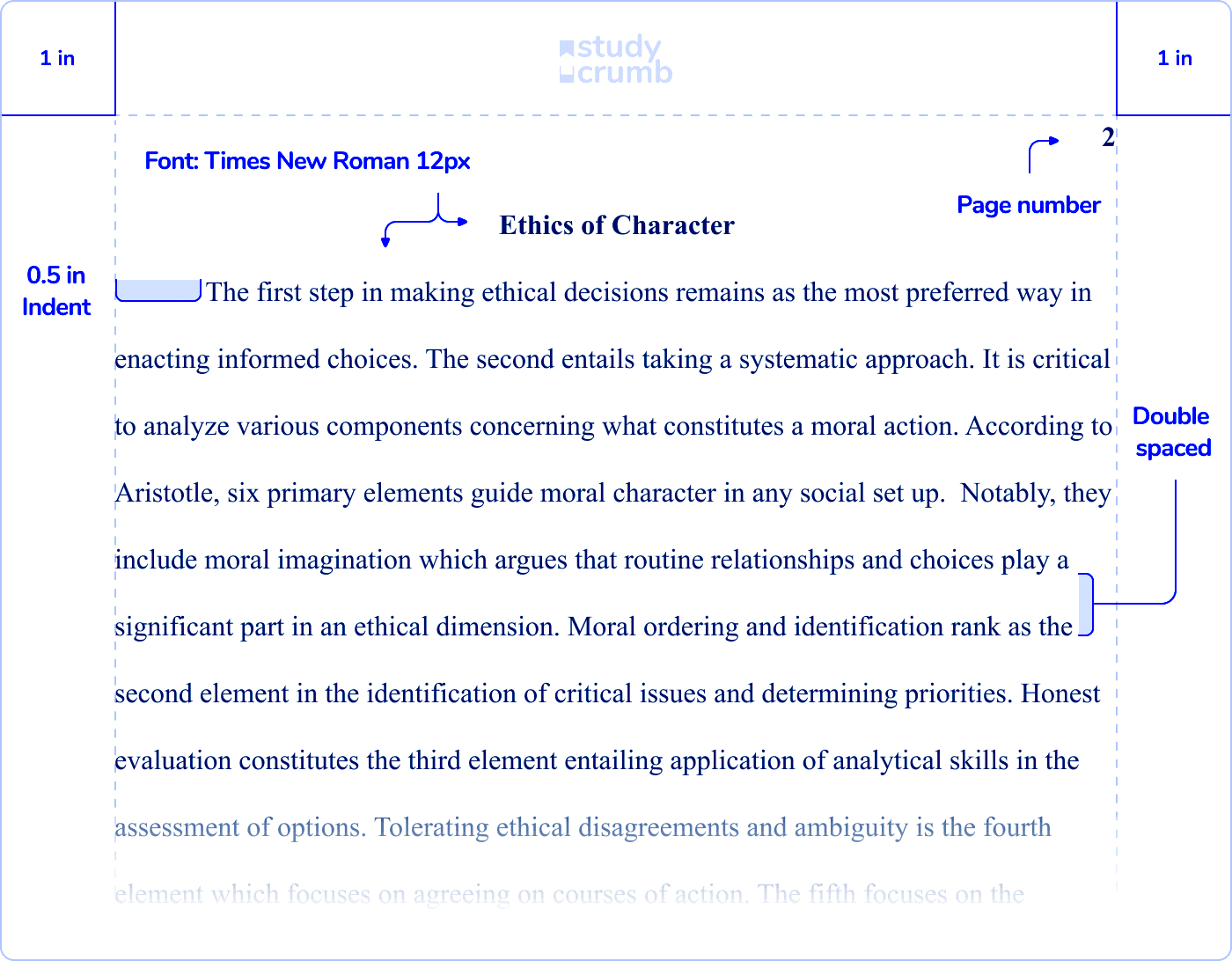
Chicago Style is widely used for citing sources in academic papers. The format has specific guidelines for citing books, articles, and images. When citing images in Chicago style, it's crucial to follow the correct structure so your references are clear and consistent. The format varies slightly depending on whether you’re using footnotes or a reference list, but the basic elements remain the same.
The core components of an image citation include:
- Creator of the Image – The artist, photographer, or creator’s name.
- Title of the Image – The title or description of the image.
- Medium – The type of image, such as a photograph, drawing, or painting.
- Source Information – Where the image was published, such as the book, website, or museum.
- Publication Date – When the image was created or made available.
- URL or Database – For online images, the website or database where the image was found.
It’s essential to pay attention to the details, as even small errors can lead to confusion or misrepresentation. By following these guidelines, your citations will help others track down the original sources and verify your claims.
Steps to Cite an Image in a Chicago-Style Paper
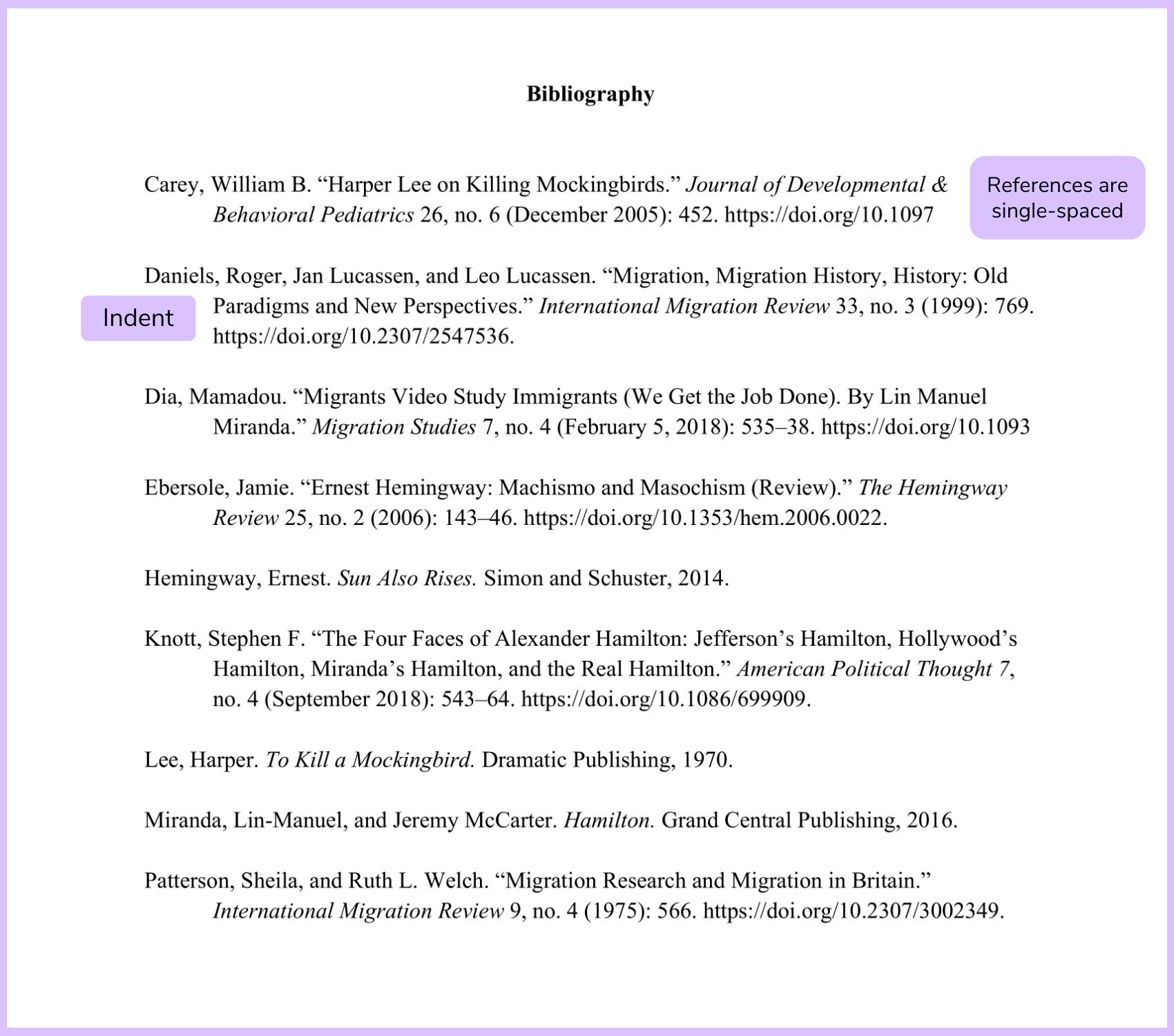
Citing an image in Chicago style requires a few straightforward steps. By following these steps, you ensure that your image citations are complete and formatted correctly. Let’s break down the process:
- Identify the Source of the Image: Determine where the image comes from. Is it from a book, website, or gallery? If it’s an online image, note the URL or database it was accessed from.
- Gather Key Information: Collect all the necessary details, including the creator’s name, image title, medium (e.g., photograph, drawing), source (e.g., book, museum), publication date, and URL (if online).
- Format the Citation for Footnotes or Endnotes: If you're using footnotes, list the details in the following order:
- Creator’s Name, Title of the Image (Year), Medium, Source Information, URL (if applicable).
- John Doe, The Beauty of Nature (2015), photograph, Nature Photography Website, www.naturephotos.com.
- Include the Citation in Your Bibliography: When adding the image citation to your bibliography, make sure the format follows this structure:
- Creator’s Last Name, First Name. Title of the Image. Medium. Year. Source Information. URL (if applicable).
- Doe, John. The Beauty of Nature. Photograph. 2015. Nature Photography Website. www.naturephotos.com.
By following these steps, you will be able to correctly cite images in your paper, ensuring that your work is well-documented and easy for readers to navigate. Proper image citation is key to maintaining the academic rigor of your research.
How to Cite an Image from a Website in Chicago Style
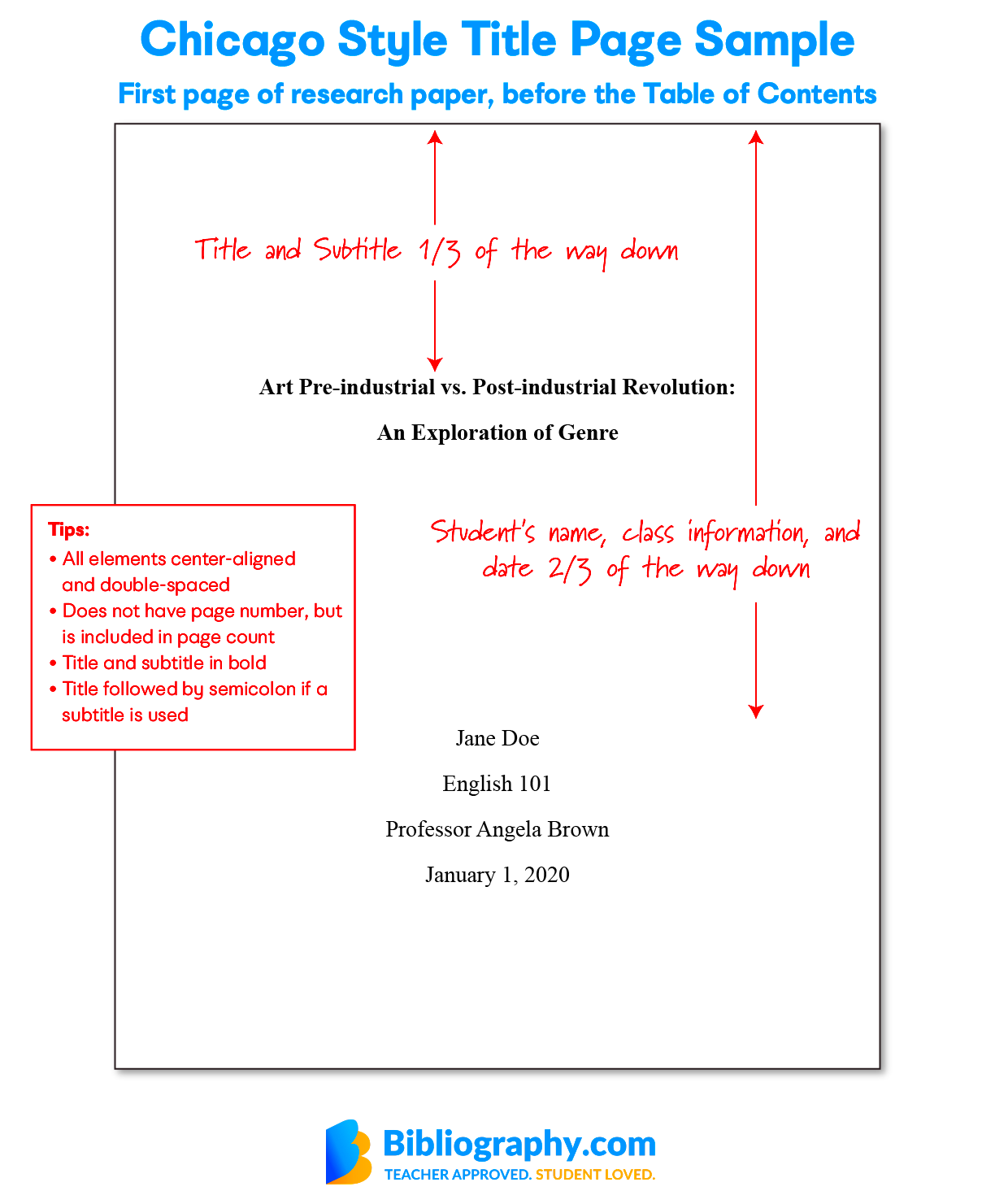
Citing images from websites can be a bit tricky, but with Chicago Style, it’s a straightforward process. Whether you’re using a photo, graphic, or artwork from an online source, proper citation is essential. When citing an image from a website, you need to provide detailed information so that readers can locate the original source. This includes not just the image's creator but also the web address, access date, and other relevant details.
Here’s how you can cite an image from a website in Chicago Style:
- Creator’s Name – If available, list the photographer, artist, or creator of the image.
- Title of the Image – Provide the title of the image. If there isn’t one, use a description instead.
- Medium – Mention the type of image (e.g., photograph, painting, graphic).
- Website Name – The name of the website where the image is found.
- Publication Date – If available, include the date the image was published or created.
- URL – Provide the full URL where the image can be accessed.
- Access Date – The date you accessed the image, especially important for sources that may change over time.
Here’s an example of how the citation would look:
Doe, John. The Beauty of Nature. Photograph. Nature Photography Website. Accessed November 20, 2024. www.naturephotos.com.
By following this format, you ensure that your citation is clear and complete, making it easy for readers to locate the image online.
Including Captions for Images in Chicago Style
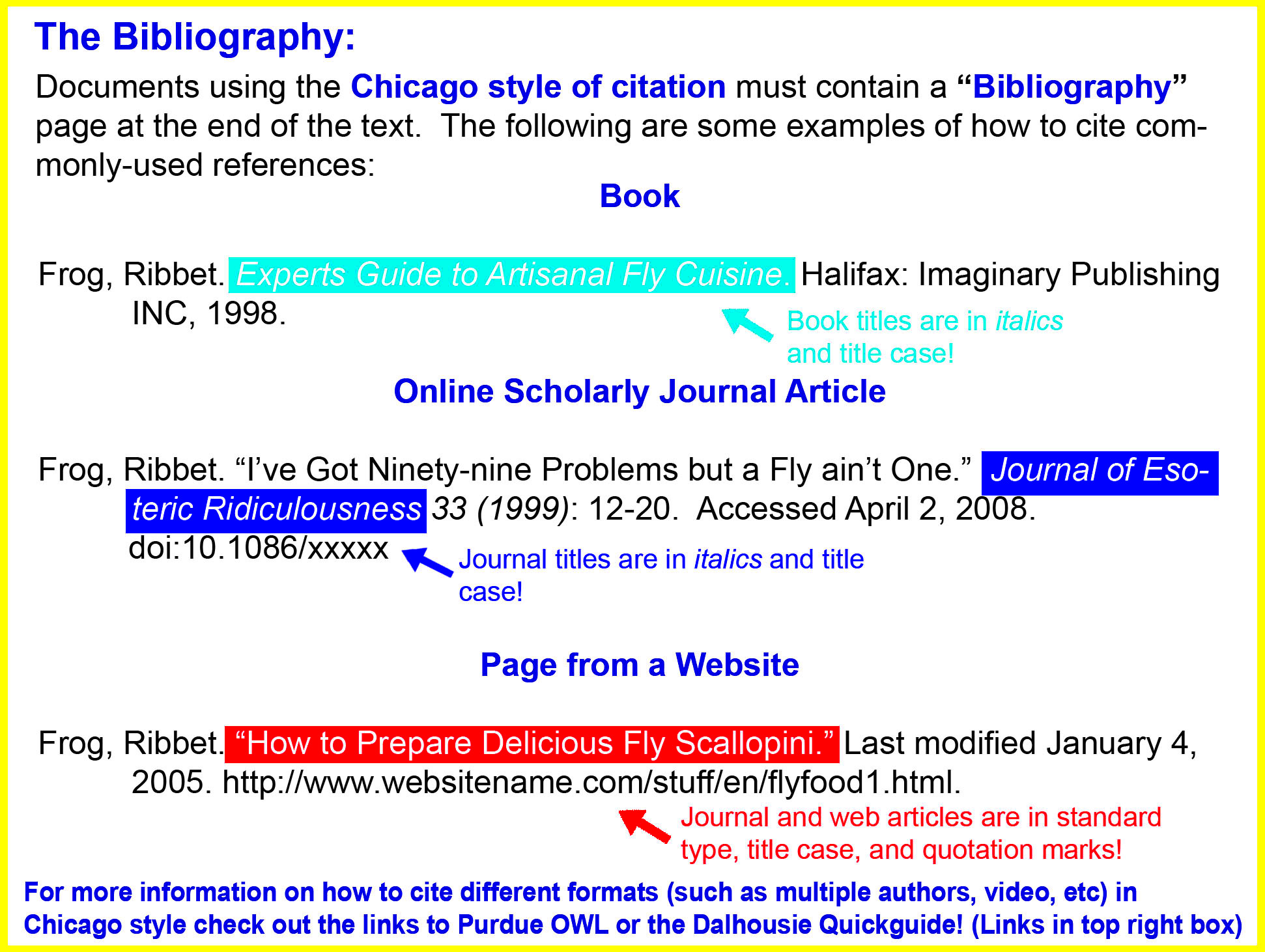
In academic papers, captions are crucial for helping readers understand the context of images you’ve included. Chicago Style has specific guidelines for how captions should be formatted to match the overall citation style. A caption is not just a description—it provides important details about the image, including its source and creator, making it easier for readers to locate the original.
Here’s what to include in a Chicago-style caption:
- Figure Number – Label the image as "Figure" followed by a number (e.g., Figure 1, Figure 2).
- Creator’s Name – Include the name of the creator, whether it’s a photographer, illustrator, or artist.
- Title of the Image – Provide the title or a description of the image.
- Source Information – Mention where the image was published or found (e.g., website, book, museum).
- Year of Creation or Publication – Include the year the image was created or made available.
- Additional Information – If necessary, you can add details like the medium (e.g., photograph, drawing) or the dimensions of the image.
Here’s an example of how to format a caption:
Figure 1: John Doe, The Beauty of Nature, 2015. Photograph. Nature Photography Website. www.naturephotos.com.
Captions make your images accessible and informative for readers, providing both context and clarity. They’re an essential part of Chicago-style academic writing.
Using Footnotes or Endnotes for Image Citations
Footnotes and endnotes are often used in Chicago Style to provide additional details or citations without cluttering the main text. When citing images, you can use footnotes or endnotes to reference your image source in a concise and clear manner. This allows you to provide full citation information while keeping your paper clean and easy to read.
Here’s how to use footnotes or endnotes to cite an image in Chicago Style:
- Footnote Format: The first time you cite an image, include full citation details in a footnote. The footnote should include creator’s name, title of the image, medium, publication information, and URL if it’s an online image.
- Subsequent Citations: If you cite the same image again, use a shortened citation format. For example, only the creator’s last name, a shortened title, and page number if applicable.
Here’s an example of the first full citation in a footnote:
1. John Doe, The Beauty of Nature, 2015, photograph, Nature Photography Website, www.naturephotos.com.
For subsequent citations:
2. Doe, The Beauty of Nature.
If you're using endnotes, the format is the same as for footnotes. The key is to maintain consistency and provide enough information for readers to track down the image on their own.
Common Mistakes to Avoid When Citing Images in Chicago Style
Citing images in Chicago Style can be tricky, and even small mistakes can lead to confusion or misinterpretation of your sources. Knowing the common errors people make when citing images and how to avoid them is key to ensuring your work remains accurate and credible. Let’s take a look at some of the most frequent mistakes and how to correct them.
Here are a few common mistakes to watch out for:
- Omitting Essential Information – Leaving out crucial details like the creator's name, the title of the image, or the source can make it difficult for readers to locate the original image. Always double-check that all necessary components are included.
- Incorrect Formatting – Chicago Style has specific rules for formatting citations, such as punctuation and order of elements. For instance, using commas instead of periods or omitting italics for titles can lead to incorrect citations.
- Misleading Image Titles – Always ensure that the image title you use is correct and corresponds to the original title provided by the creator or source. If the image doesn’t have a title, use a descriptive caption, but avoid making up titles that may confuse readers.
- Not Including the Access Date for Online Images – When citing online images, it’s important to include the access date since online content may change or be removed over time. Forgetting this detail can lead to incomplete citations.
- Incorrect Use of Footnotes or Endnotes – Many make the mistake of either overusing footnotes for every citation or neglecting to follow the correct citation format for subsequent references to the same image. Follow the standard Chicago Style conventions for footnote abbreviations and structure.
Avoiding these mistakes ensures that your image citations are clear, consistent, and easy for your readers to follow. Proper citation reflects your attention to detail and strengthens your academic credibility.
Conclusion: Importance of Proper Image Citation
Properly citing images in Chicago Style is not just about following guidelines; it’s about giving credit where it’s due and maintaining academic integrity in your work. Images, like text-based sources, are intellectual property, and using them without proper citation is a form of plagiarism. Chicago Style provides a clear structure that allows your audience to easily trace back the original source, ensuring transparency and accountability in your research.
Whether you’re working with photographs, artwork, graphs, or any other type of visual material, including the proper citation for each image you use is essential. Not only does it allow others to find and explore the images further, but it also strengthens the credibility of your own work. By following Chicago Style, you demonstrate professionalism and respect for the original creators of the images you incorporate.
In conclusion, mastering image citation is a crucial skill for any academic writer. It ensures that your work adheres to scholarly standards and helps protect you from the risks of academic dishonesty.
Frequently Asked Questions
Here are some of the most commonly asked questions when it comes to citing images in Chicago Style. These answers can help clarify any confusion and guide you in correctly applying Chicago citation rules.
- Do I need to cite an image if it’s in the public domain?
Yes, even if an image is in the public domain, it’s still important to cite the source. Citing ensures transparency and allows your readers to know where the image came from. - What if there is no creator listed for an image?
If no creator is listed, you can either use “Anonymous” or a descriptive title for the image. However, make sure the title is clearly identifiable and accurate. - Can I use a URL instead of a publication date for online images?
While the URL is essential for online images, it’s equally important to include the publication or access date. Chicago Style asks for the access date to ensure that the source is traceable. - How do I cite an image in a book?
For images in books, cite the same way you would for any other source, including the creator’s name, title of the image, and the book’s title, publisher, and year of publication. Make sure to include page numbers if applicable. - How do I cite multiple images from the same source?
For multiple images from the same source, you can use a shortened citation format after the first full citation. Be sure to number the figures and make the source clear for each image.
By understanding these FAQs, you can avoid common mistakes and confidently apply Chicago Style to all your image citations.
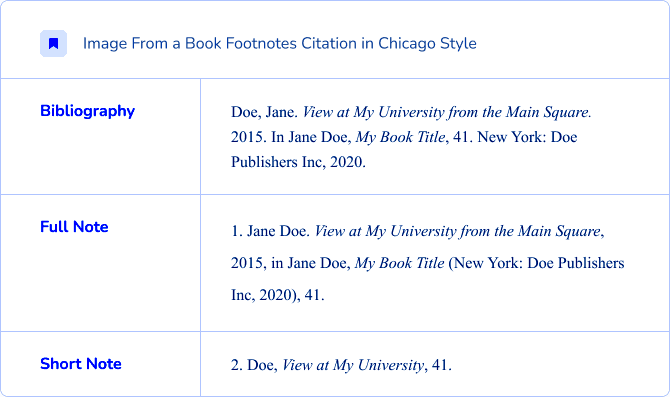
 admin
admin








